Airlaid Nonwoven Technology: A Comprehensive Guide
Introduction
In the realm of material science, nonwoven fabrics have emerged as versatile and indispensable components across various industries. Among the many nonwoven technologies, airlaid nonwoven technology stands out for its unique ability to create high-quality, absorbent, and soft fabrics with diverse applications. This comprehensive guide delves into the intricacies of airlaid nonwoven technology, exploring its manufacturing process, advantages, applications, and more
What is Airlaid Nonwoven Technology?
Airlaid nonwoven technology, also known as dry-laid papermaking, is a manufacturing process that uses air currents to arrange and entangle loose fibers, forming a cohesive and fabric-like structure without the need for water or chemical binders. This distinguishes it from other nonwoven technologies like spunbond and meltblown, which rely on different bonding mechanisms.

Get Free Sample Kit Of Our Fabric At Your Door Step
- Online Order
- Door Delivery
- 1-Click Quotation
The Airlaid Manufacturing Process
The airlaid manufacturing process involves a series of carefully orchestrated steps:
- Fiber Preparation: The process begins with selecting the appropriate fibers based on the desired properties of the final product. Common fibers used include wood pulp, polyester, viscose, and polypropylene. These fibers are then mechanically separated and fluffed to create a uniform web.
- Fiber Dispersion and Web Formation: The fluffed fibers are introduced into an airlaid forming machine, where high-velocity air currents disperse and transport them through a forming chamber. Within the chamber, the fibers are randomly deposited onto a moving conveyor belt, forming a loose web.
- Web Bonding: Once the fiber web is formed, it undergoes a bonding process to enhance its strength and integrity. There are several bonding methods employed in airlaid technology, including:
- Thermal Bonding: This method uses heat to melt thermoplastic binder fibers within the web, fusing them together upon cooling.
- Hydroentanglement: Also known as spunlacing, this method uses high-pressure water jets to entangle the fibers, creating a strong and durable bond.
- Chemical Bonding: This method uses a binder solution to adhere the fibers together. However, it’s less common in airlaid technology due to environmental concerns.
- Finishing: After bonding, the airlaid nonwoven fabric may undergo additional finishing treatments depending on its intended application. These treatments can include calendaring (for smoothness and increased density), embossing (for texture and aesthetics), and lamination (for added functionality).
Advantages of Airlaid Nonwoven Fabric
Airlaid nonwoven fabrics offer a unique combination of properties that make them highly desirable across various industries:
- High Absorbency: The open and porous structure of airlaid fabrics allows for exceptional liquid absorption and retention, making them ideal for applications like hygiene products and wipes.
- Softness and Drapability: Airlaid fabrics are known for their soft and comfortable feel, mimicking the texture of textiles. This makes them suitable for applications requiring a gentle touch, such as medical dressings and personal care products.
- Strength and Durability: Despite their softness, airlaid fabrics exhibit good tensile strength and durability, ensuring their structural integrity during use.
- Breathability: The interconnected pore structure of airlaid fabrics allows for excellent air permeability, preventing moisture buildup and promoting breathability.
- Versatility: Airlaid nonwoven fabrics can be engineered with a wide range of fibers, bonding methods, and finishing treatments, allowing for customization to meet specific application requirements.
- Biodegradability: Many airlaid nonwovens are made from natural and biodegradable fibers like wood pulp, contributing to their sustainability and eco-friendliness.
Applications of Airlaid Nonwoven Fabric
The versatility of airlaid nonwoven fabrics has led to their widespread use in diverse industries, including:
1. Hygiene Products:
- Baby Diapers: Airlaid nonwovens are used as absorbent cores in baby diapers, providing excellent fluid management and keeping babies dry and comfortable.
- Feminine Hygiene Products: Airlaid materials are incorporated into sanitary pads and panty liners for their superior absorption and softness.
- Adult Incontinence Products: Airlaid fabrics are crucial components in adult diapers and incontinence pads, offering high absorbency and discretion.
2. Medical and Healthcare:
- Wound Dressings: The soft, absorbent, and breathable nature of airlaid fabrics makes them ideal for wound dressings, promoting healing and patient comfort.
- Surgical Gowns and Drapes: Airlaid materials are used in disposable surgical gowns and drapes, providing a barrier against fluids and bacteria.
- Medical Wipes: Airlaid nonwovens are commonly used in medical wipes for their softness, absorbency, and ability to hold cleaning solutions effectively.
3. Other Applications:
- Tabletop Products: Airlaid materials are used in tablecloths, napkins, and placemats for their aesthetic appeal, liquid absorbency, and ease of disposal.
- Filtration: Airlaid fabrics can be engineered for specific filtration applications, such as air filters and liquid filtration media.
- Packaging: Airlaid nonwovens are used as protective packaging materials for fragile items due to their cushioning and impact-absorbing properties.
People also ask:
- What is airlaid nonwoven? Airlaid nonwoven is a fabric-like material made by entangling fibers with air currents, creating a soft, absorbent, and breathable structure.
- What is the airlaid process? The airlaid process involves dispersing fibers with air, forming a web, and bonding the fibers together using heat, water jets, or binders.
- What is airlaid paper made of? Airlaid paper, a type of airlaid nonwoven, is typically made from wood pulp but can also incorporate other fibers like polyester or viscose.
- What are the raw materials of airlaid? Raw materials for airlaid nonwovens vary but commonly include wood pulp, polyester, viscose, polypropylene, and binder fibers.
Conclusion
Airlaid nonwoven technology has revolutionized the way we think about and utilize fabrics. Its unique ability to create high-quality, absorbent, and versatile materials has led to its widespread adoption across numerous industries. As research and development continue to advance, we can expect even more innovative applications for airlaid nonwoven fabrics in the future.
Contact Us
Favourite Fab is a leading provider of high-quality airlaid nonwoven fabrics. Contact us today to learn more about our products and how we can help you find the perfect solution for your needs.
Email: sale@favouritehub.com
WhatsApp: +91 95288811566



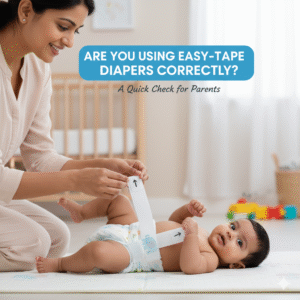
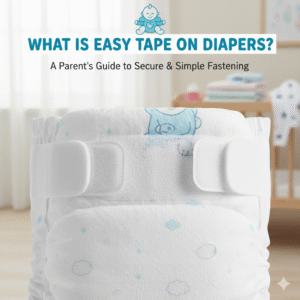
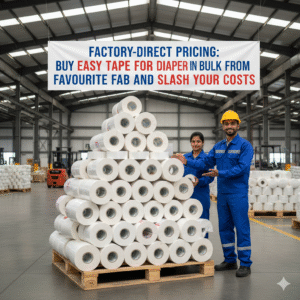
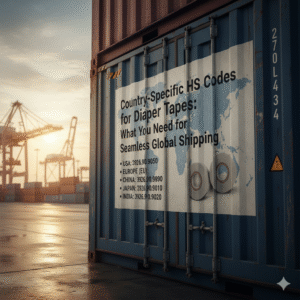

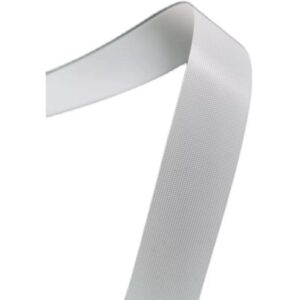
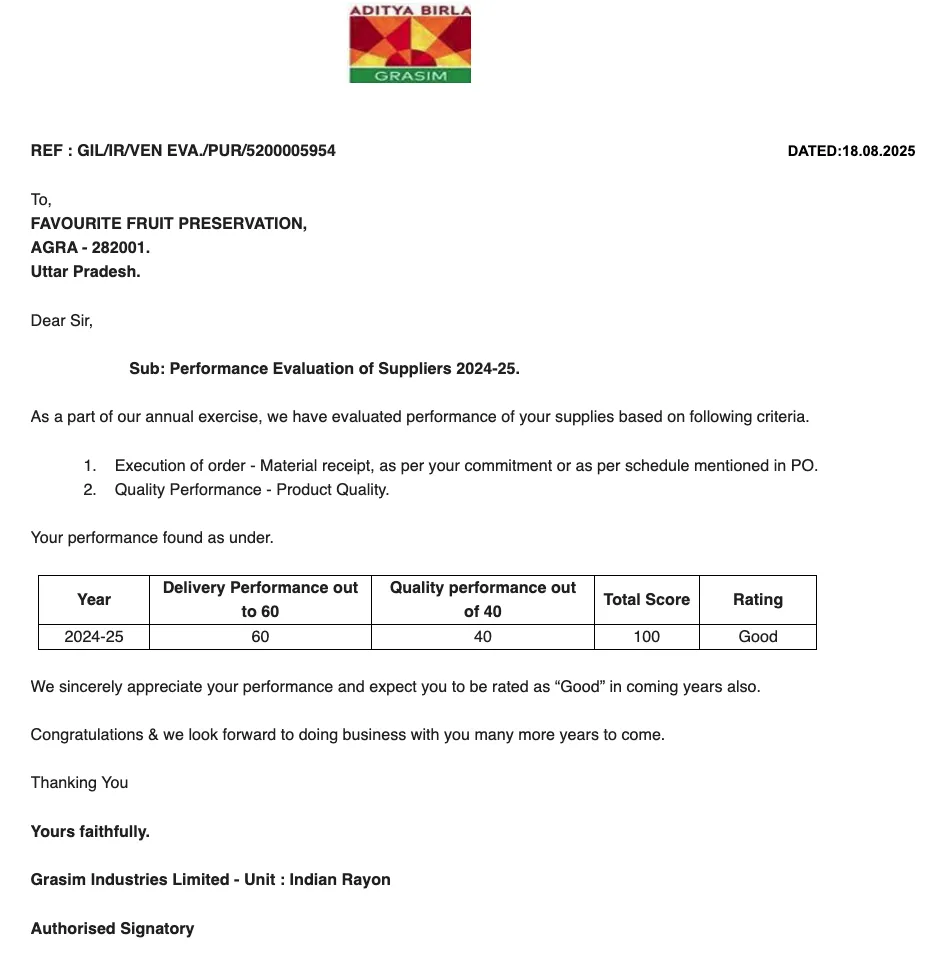




























We Do Business On Trust.Our Nonwoven fabric Business is Built on trust. Trust starts with Transparency.
Mr.Ramniwas Garg Founder Of Favourite Group